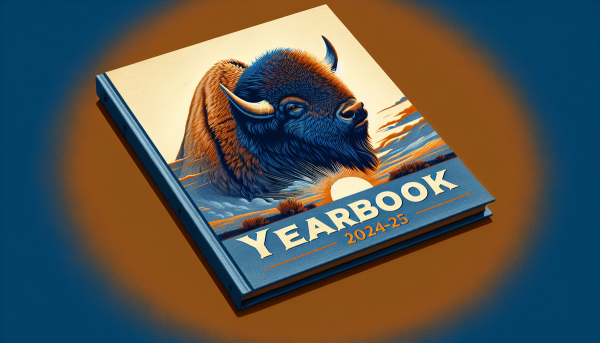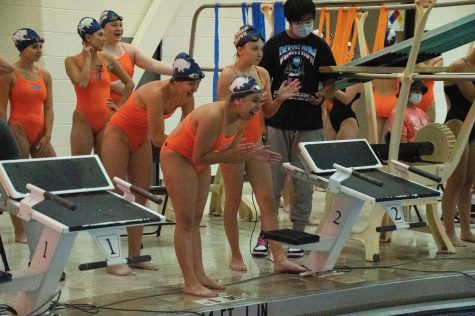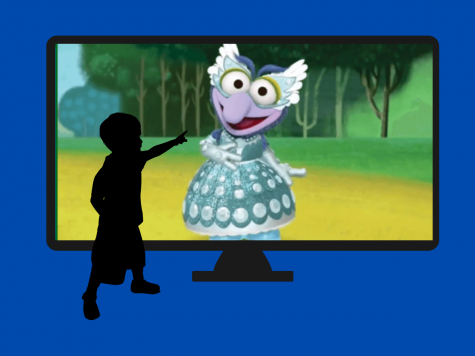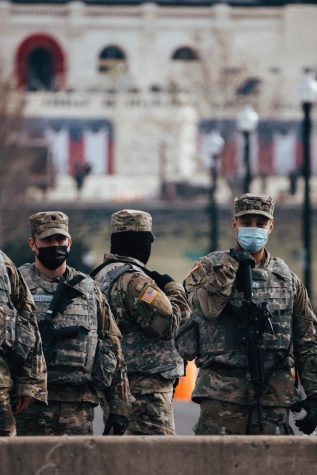Drew Recommends: The Better Angels; a Pure Representation
Many will say not to get your information from movies and entertainment, claiming that it is “just a movie.” While it would be smart and sensible to get information from a variety of sources, movies should not be looked down upon as a source of pure inaccuracy. Rather, movies should be trusted as a source of entertainment for a small child’s ,or even older student’s, learning of history and with that comes the director’s responsibility to present that as best as he or she can.
“It is important for the people who are watching these films to get what the time period was like, whether that be the dresses or the dialogue,” US History teacher Matthew Myers said.
One film in which the director and executive producer did a great job at portraying the period was “The Better Angels”. Set in the early nineteenth century, “The Better Angels” focuses on the youth of Abraham Lincoln and how life was for him growing up on a farm with a strict father and a dying mother. AJ Edward’s specific camera angles created a realistic visual perspective and due to the environment set up by Terrence Malick, the movie does its best to portray the isolation of farmers along with the undeveloped lifestyle of farming in the nineteenth century.
“If it is set in an era, it should have a certain tone,” sophomore Justin Wytmar said. “For instance, “Downfall” the movie had an accurate depiction of Hitler’s bunker due to the details.”
In many period pieces, characters and the environment are both far too well-maintained to give an accurate portrayal of that specific period. “America: The Story of Us”, for instance, is a very engrossing and educational show, but performs poorly when it comes to production and its ability to set up an accurate environment. The props look new and shiny, the actors look well-kept when it comes to personal hygiene and the special effects are hilarious.
“People back then probably weren’t so well-maintained I would assume,” Wytmar said. “The character of Will Turner in ‘Pirates of the Caribbean’ is too well-groomed, despite his profession.”
Another movie that glamorized its period too much was “Amadeus.” As lovely a movie it is, the sets were too advanced and the props used for Mozart’s stage were too large and decorative for the resources they actually had back in the mid-eighteenth century. Edwards, however, understood the scarcity of such resources and settings in “The Better Angels,” for it looks messy, thus, accurate.
“It’s a shame when a film misinterpret the character of an individual for the narrative of a specific event,” Myers said.
In “The Better Angels,” Lincoln is a small child with a very sensitive set of emotions that he tries hard to keep in. He struggles finding time to read the book his mother gave him and also struggles to stay in the local school. Had Edward focused solely on Lincoln’s education rather than the struggle to maintain it, Lincoln would have been misrepresented as one without obstacles in his way.
“If you do not represent the period exactly, you are missing the mark immediately,” senior Hanniel Malonzo said. “If you are depicting war on film, you need to match the scale.”
This concept was also the critique by many of John D. Rockefeller’s historical restoration of Williamsburg, the capital of eighteenth century Virginia. It was criticized to be too clean and sanitized to truly represent the time period. “The New History in an Old Museum” by Richard Handler reads “it does not include the filth and stench that would have been commonplace in the eighteenth-century colonial town.” If a museum, the center of representation with education, is needed to use the props and certain aspects to create the same environment of a historical period, then movies surely need to.
“The important thing about history is the chronolization and causality of the events. If you really want to be immersed in the event, it would be nice to visualize it,” Malonzo said.








